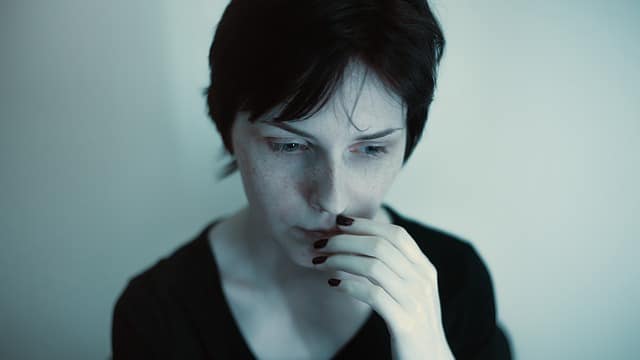“Anxiety is love’s greatest killer. It makes others feel as you might when a drowning man holds on to you. You want to save him, but you know he will strangle you with his panic.”
― Anaïs Nin
When Anxiety and Depression Mix
Anxiety and depression often go hand-in-hand—a condition known as Mixed Anxiety-Depressive Disorder (MADD). It brings both the racing thoughts of anxiety and the deep sadness of depression into daily life, making it overwhelming and hard to explain.
But you’re not alone—and there are practical, healing ways to cope.
Symptoms of Mixed Anxiety-Depression
-
Panic attacks, worry, restlessness
-
Persistent low mood or hopelessness
-
Fatigue, insomnia, or oversleeping
-
Trouble concentrating
-
Crying easily or emotional sensitivity
-
Physical symptoms (headaches, stomachaches)
Causes May Include:
-
Childhood trauma or neglect
-
Financial, academic, or relationship stress
-
Isolation or lack of support
-
Family history of mental illness
-
Low self-esteem or pessimism
-
Substance use
Diagnosis Criteria
To be diagnosed with MADD:
-
Symptoms must last at least 4 weeks
-
They must impair daily life
-
They cannot be caused by drugs or another health issue
Treatment Options
🔹 Medication
Doctors may prescribe SSRIs like:
-
Prozac (fluoxetine)
-
Zoloft (sertraline)
These work for both depression and anxiety by balancing brain chemicals.
🔹 Lifestyle Habits That Help
-
30+ minutes of daily exercise (walking, jogging, yoga)
-
Breathing exercises or guided meditation
-
Consistent sleep routine
-
Limit alcohol, caffeine, and nicotine
-
Journaling or talking to a trusted person
-
Avoid information overload (especially from screens)
Take It One Day at a Time
Small changes make a difference:
-
Go for a 5-minute walk
-
Write 3 things you’re grateful for
-
Listen to uplifting music
-
Text someone you trust
-
Do deep breathing for 60 seconds
“You don’t have to control your thoughts. You just have to stop letting them control you.” – Dan Millman
Therapy Is Powerful
Working with a professional helps:
-
Process trauma
-
Build healthy routines
-
Rewire negative thinking
-
Learn long-term coping tools
You don’t need to do this alone.


